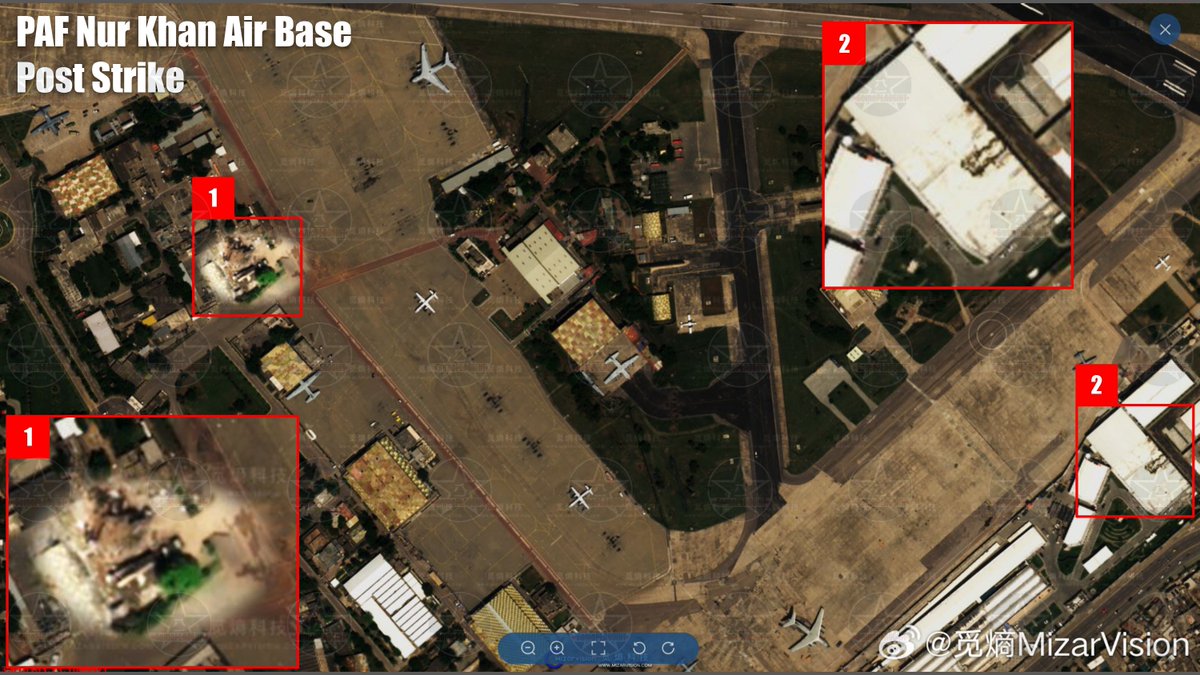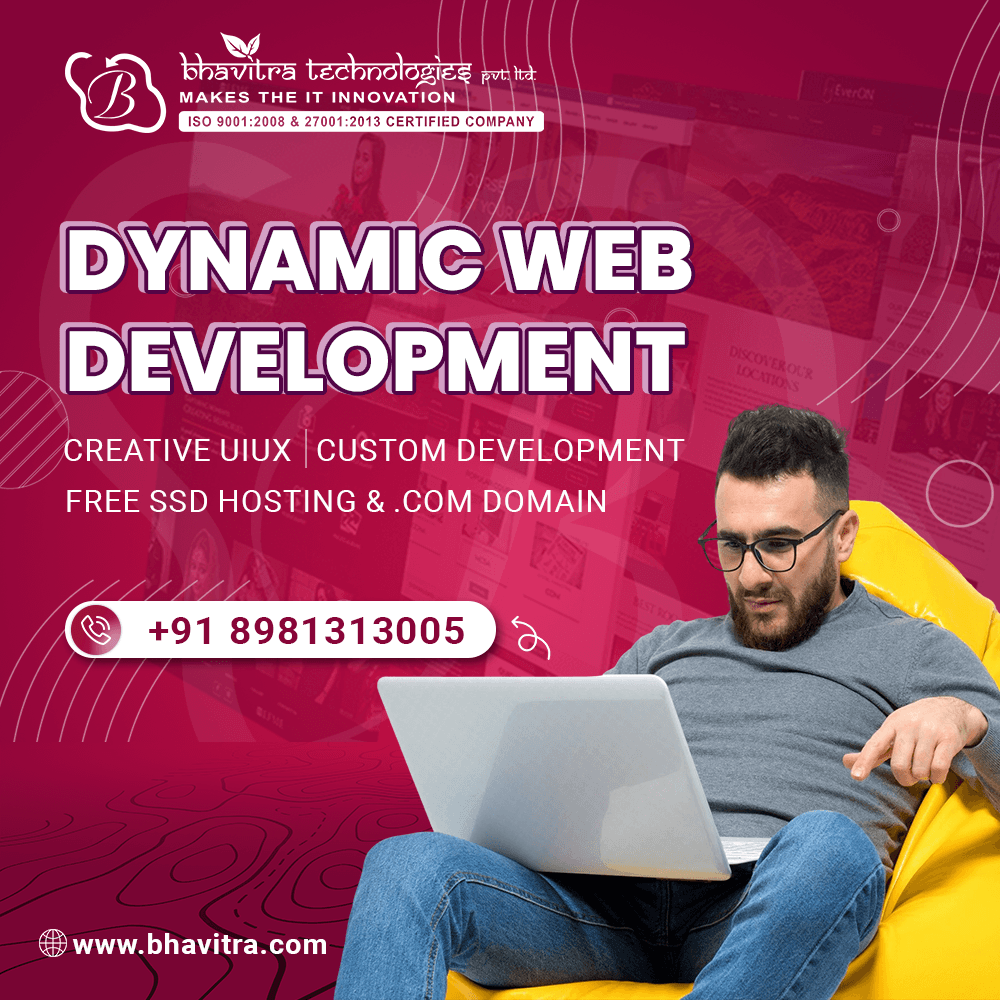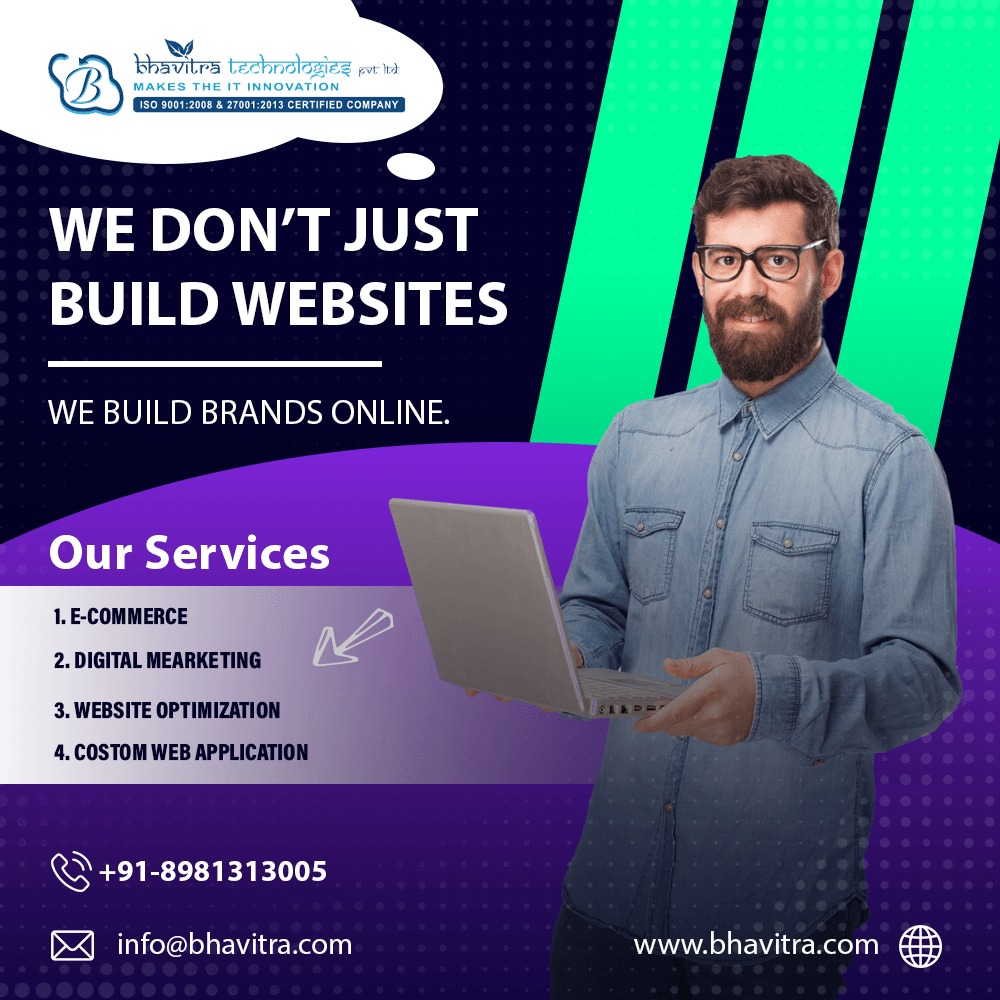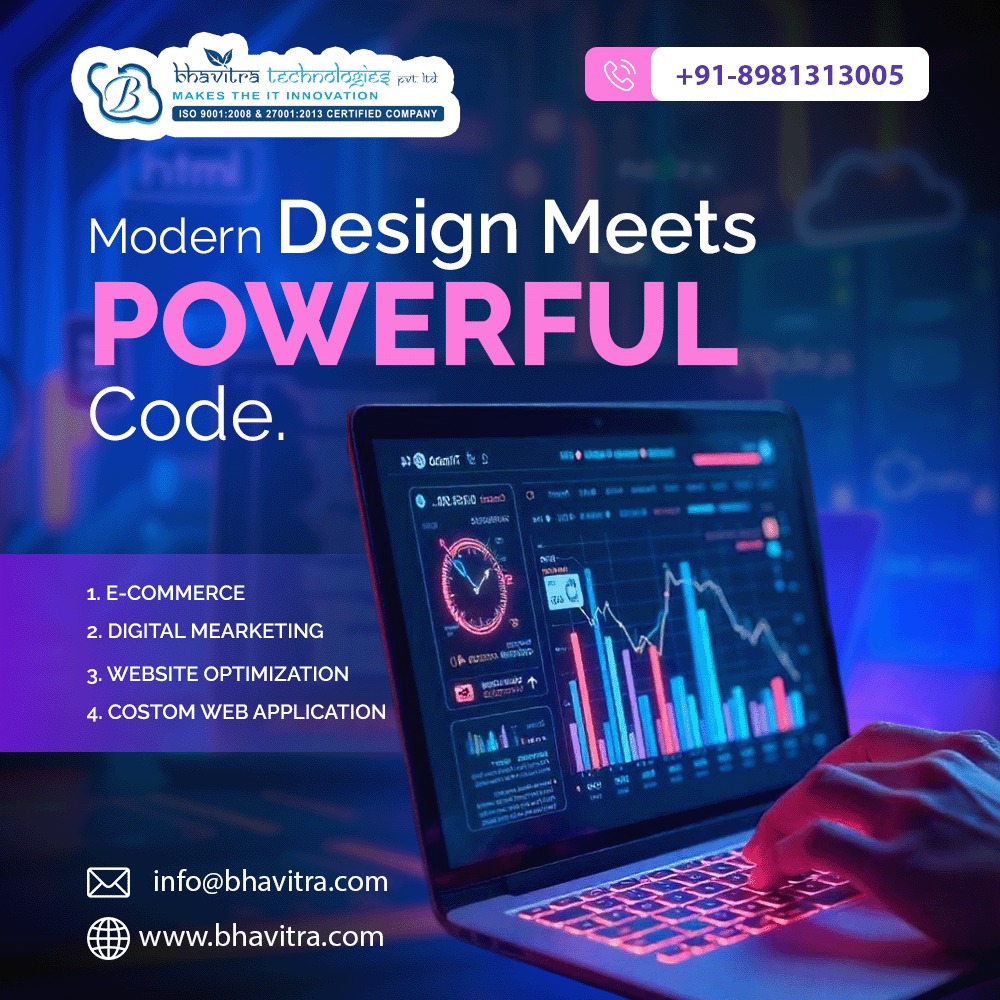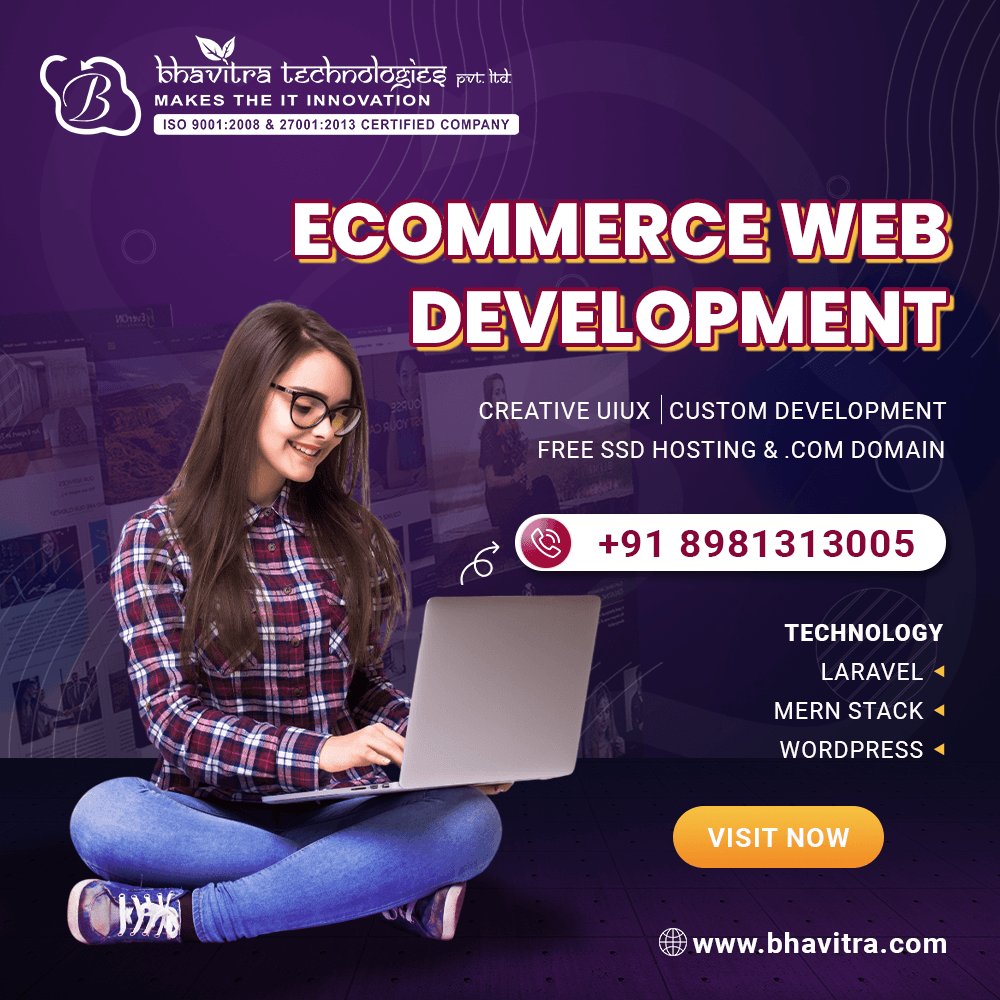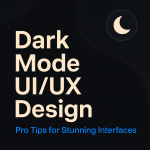Table of Contents
- Understanding Multisensory Web Design
- Definition of Multisensory Web Design
- Difference Between Multisensory and Traditional UX
- Why the Web Needs More Than Visuals
- The Role of Touch, Sound, and Motion in Digital Interfaces
- Case Studies in Multisensory Web Design
- Future of the Web: From Visual to Experiential
- Conclusion
- FAQs
Understanding Multisensory Web Design
In a world where user attention is fleeting, designers are turning to multisensory web design to create richer, more memorable digital experiences. But what does that mean for the future of websites, apps, and interactive platforms? Simply put, it’s about engaging more than just the eyes—it’s about designing for touch, sound, and motion to deepen interaction and improve accessibility.
Definition of Multisensory Web Design
Multisensory web design is a user experience approach that incorporates more than just visual elements. It integrates haptic feedback (touch), auditory cues (sound), and motion-based design (spatial flow) to appeal to multiple human senses simultaneously.
This approach recognizes that people interact with technology using more than their eyes—especially with the growing use of mobile devices, smartwatches, and immersive technologies like AR and VR.
Difference Between Multisensory and Traditional UX
Traditional UX is often based on static visuals and linear navigation, designed mostly for screens using text, color, and layout to communicate. Multisensory UX, on the other hand, leverages:
- Tactile interactions (e.g., vibrations, pressure responses)
- Auditory signals (e.g., subtle tones for success/failure)
- Kinetic feedback (e.g., animations that reinforce user choices)
Key Difference: Traditional UX relies on seeing and clicking, while multisensory UX enhances the user’s perception and memory by involving multiple senses. This is especially beneficial for users with visual impairments or cognitive challenges. Learn : Which is the best web design agency in India for small businesses?
Why the Web Needs More Than Visuals
1. Accessibility for All
Many users—especially those with disabilities—rely on non-visual cues to navigate the web. By including sound and touch responses, web designers create more inclusive experiences.
2. Enhancing Memory and Engagement
Psychological research suggests that multi-sensory experiences are more memorable. A website that provides subtle vibrations when submitting a form or uses spatial transitions to move between sections increases user retention and satisfaction.
3. Devices Are Evolving
With the rise of wearables, foldable phones, and mixed-reality headsets, the traditional “click-and-scroll” model is outdated. Multisensory design aligns with how we interact with modern smart devices. Know: Most experienced web design agency for Laravel websites“
The Role of Touch, Sound, and Motion in Digital Interfaces
Haptic Feedback in Mobile and Wearable Devices
Haptics give users physical confirmation that an action has occurred. For instance:
- A soft vibration when toggling a setting on a smartwatch
- Press feedback on virtual keyboards
- Dynamic pressure responses in gaming controllers
These tactile sensations reduce uncertainty and enhance satisfaction.
Sound Cues for Navigation and Feedback
Sound enhances user interaction by:
- Providing alerts (error, success, message received)
- Aiding navigation for users with visual impairments
- Setting the emotional tone (e.g., calm music in a wellness app)
Well-tuned audio signals can guide users more efficiently than visual cues alone.
Motion Design for Spatial Awareness and Flow
Motion bridges the gap between user action and system response. Examples include:
- Transitions between pages that simulate spatial movement
- Loading animations that communicate status
- Micro-interactions (e.g., button bounce, swipe animations)
Motion isn’t just pretty—it’s functional. It helps orient users and maintain flow.
Case Studies in Multisensory Web Design
Google Pixel’s Guided Frame Accessibility Feature
Google’s Guided Frame uses audio cues and haptic vibrations to help visually impaired users take selfies. The feature gives real-time feedback about face position, lighting, and orientation—without requiring sight.
This is a perfect example of inclusive multisensory design, combining camera, voice guidance, and tactile feedback. Know more: which is the most affordable web design company in Kolkata for startups?
VR Food Tasting and Ambient Color Manipulation
In some VR food research experiments, ambient color and sound were used to enhance taste perception. For example:
- Changing lighting from red to green altered perceived flavor intensity
- Crunching sounds were simulated for freshness illusion
Though not web-based, these concepts are influencing future multisensory e-commerce, especially in food and retail.
Dark Matter Simulation Using Sound, Scent, and Haptics
A group of artists and scientists created an immersive installation where dark matter interactions were represented through scent and vibration. Though experimental, it demonstrates how multisensory input can communicate complex, abstract data—a frontier for science communication and education platforms. Read: Dark Mode UI/UX Design: Pro Tips for Stunning Interfaces
Future of the Web: From Visual to Experiential
Emerging Technologies: AR, VR, and Spatial Computing
Devices like Apple Vision Pro and Meta’s Quest 3 are ushering in an era where websites may soon be spatial environments rather than static pages.
- AR overlays could allow shoppers to touch virtual products
- Spatial audio could help navigate a 3D web environment
- Real-time haptics might simulate the feel of a material online
Multisensory web design is the interface philosophy of the metaverse.
AI-Generated Sensory Content and Personalization
AI can now generate:
- Realistic soundscapes that match website themes
- Tailored vibration patterns for different user personas
- Adaptive motion transitions based on user behavior
As AI merges with UX, designers will be able to personalize not just what users see—but what they feel and hear.
Ethical Considerations in Sensory Manipulation
Multisensory design raises new ethical concerns, such as:
- Manipulation of user emotion through audio/visual triggers
- Addiction potential via haptic reward systems
- Sensory overload and digital fatigue
As with any technology, the key lies in transparent, user-consented use. Designers must ensure multisensory elements enhance user agency, not diminish it. Learn: Can I find a budget-friendly web design company near me in Kolkata?
Conclusion
Multisensory web design is not a distant concept—it’s already here, shaping the way we engage with technology. From subtle haptic feedback to immersive spatial audio, the digital world is moving toward experiences that touch, move, and speak to us.
By adopting a multisensory mindset, developers and designers can build more inclusive, memorable, and emotionally resonant websites—especially as we transition into a world dominated by AR, VR, and spatial web interfaces.
As AI and sensory hardware continue to evolve, the future of the web will be experiential, not just visual. Consult with Top-rated web design company in Kolkata for startups with custom UI/UX
FAQs About Multisensory Web Design
What is multisensory web design?
Multisensory web design is a user experience approach that uses touch, sound, and motion—alongside visuals—to create more immersive and inclusive digital interactions.
How does haptic feedback improve user interaction?
Haptic feedback confirms user actions through physical sensations like vibration, improving confidence and accessibility, especially on mobile and wearable devices.
Can sound be used in websites for better UX?
Yes. Audio cues can guide navigation, provide feedback, and enhance emotional engagement—making the website more intuitive, especially for visually impaired users.
How is motion design useful in UX?
Motion helps users understand transitions, system feedback, and relationships between elements. It adds depth and clarity to navigation and interaction.
What are some examples of multisensory web design?
Examples include Google Pixel’s Guided Frame (audio + haptic), VR food tasting environments (color + sound), and spatial web design in AR/VR experiences.
Who offers responsive web design services in Kolkata with fast delivery?
Bhavitra Technologies, a top web design agency offers custom made solution.

